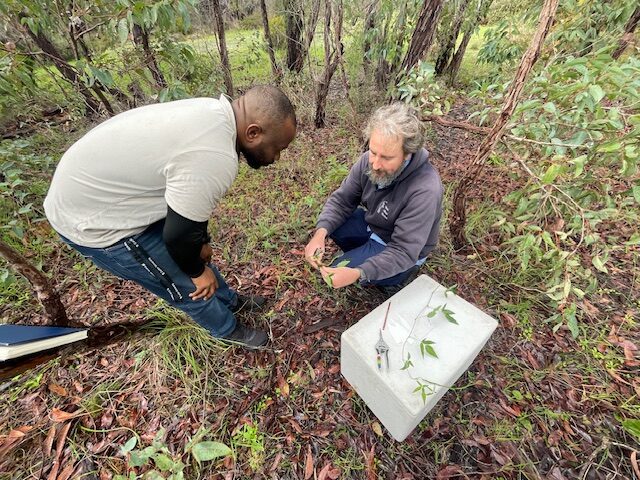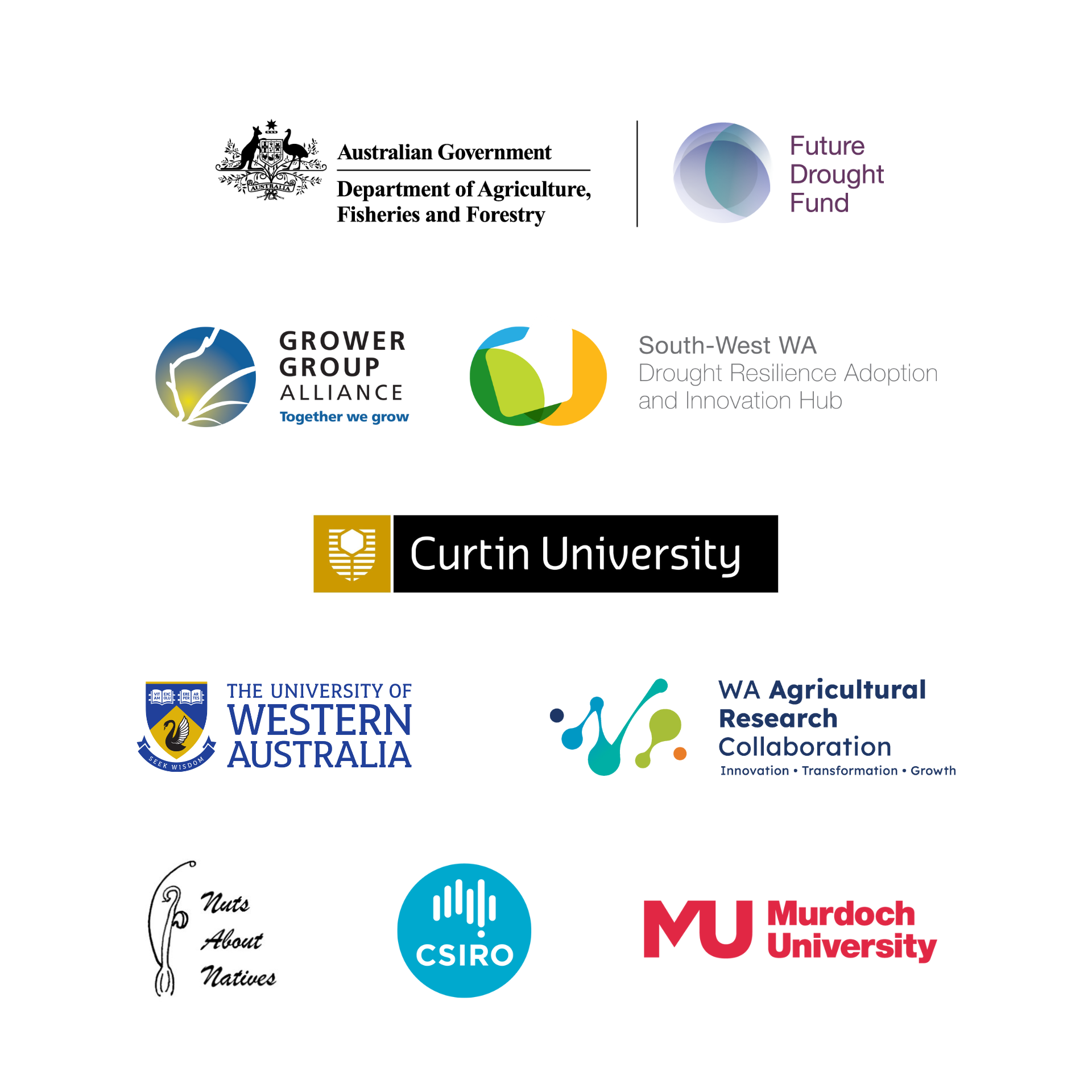Project lead: Curtin University
Project dates: January 2024 – June 2025
Project summary
To improve low crop diversity associated with the current Australian dryland farm production systems, there is a need to focus on solutions that will ensure long-term environmental sustainability and increase profitability. Much of the farming environment in Western Australia is characterised by nutrient-depleted acidic soils, extreme weather variability and low rainfall. Introducing new native crop species that are well-adapted to the local environment and integrating perennial pastures might enhance diversity and improve fragile soil health in the existing ecosystems. The right balance of these crops and pastures would ensure further profitability and environmental sustainability through ecosystem services provided by legume crops, such as atmospheric nitrogen fixation, soil moisture retention and carbon sequestration.
The primary aim of this project is to conduct foundational research that will inform the development and demonstrate the required workflow for exploring the potential of native Western Australian legume (Faboideae) species as grain crops and pastures. The project will investigate four legume species native to southwestern Australia identified in a previous study a decade ago as important to the development of the grain and pasture industry in the future. The four selected species are Glycine canescens (Silky Glycine), Glycyrrhiza acanthocarpa (Native liquorice), Kennedia prostrata (Running postman), and Hardenbergia comptoniana (Native wisteria).
The findings of this research will be instrumental in shaping management strategies for native food plant collection, germplasm evaluation and storage, and safeguarding the unique biodiversity of Australia’s national plant treasures. The methodology could serve as the foundation for developing a sustainable agricultural production system and the domestication of native Australian legumes.
This project is supported by the South-West WA Drought Resilience Adoption and Innovation Hub through funding from the Australian Government’s Future Drought Fund.
Native species
News

Exploring native legumes as future grain crops and pastures
Diversifying farming systems is key to building long-term sustainability and profitability on Western Australian farms, especially in response to a drying, warming climate. With natural adaptations to local soils and climatic conditions, native legumes offer a promising path for diversification.

Research team on the look-out for native legume samples
Farmers who have any of Glycine canescens (Silky Glycine), Glycyrrhiza acanthocarpa (native liquorice), Kennedia prostrata (Running postman), or Hardenbergia comptoniana (Native wisteria) on their property and are willing to allow samples to be taken are invited to provide their contact details.
Collaborators

Project team
Contact
Selassie E. Ahiakpa
PhD candidate, Curtin University
e.ahiakpa@postgrad.curtin.edu.au
Dr Nicholas George
Senior Lecturer, Curtin University
Nicholas.George@curtin.edu.au
(08) 9266 1755
Kellie-Jane (KJ) Pritchard
Hub Project Manager, South-West WA Drought Resilience Adoption and Innovation Hub
kjpritchard@gga.org.au
